In Nagorno-Karabakh, a village split in two by a ceasefire struggles to get by
The accord split Taghavard village, having a pre-war population of over a thousand ethnic Armenians

Ethnic Armenian farmer Lenser Gabrielyan looks with sorrow at his land in the village of Taghavard, now cut off from him and his family under the terms of a peace deal which ended last year’s war in the South Caucasus enclave of Nagorno-Karabakh.
Within weeks of the conflict’s outbreak in September, military forces from Azerbaijan had entered Gabrielyan’s picturesque mountain settlement and made big territorial gains.
A Russia-brokered ceasefire last November cemented Azeri advances in and around Nagorno-Karabakh, which is internationally recognised as a part of Azerbaijan but had been controlled by ethnic Armenians since the early 1990s, following the collapse of the Soviet Union.

The accord split Taghavard, which stretches for three kilometres along an unpaved road towards a mountain range and which had a pre-war population of over a thousand ethnic Armenians.
It also left Gabrielyan, who has lived there since his birth, with his house on one side of a new border and his farmland on the other.
“Now we have nothing to do,” lamented the 65-year-old, as he walked near a barn that used to house livestock, but whose roof had since collapsed under shelling.

“I used to farm. But almost all the land was left under Azerbaijani control... No tractor is left here, all the equipment is in the hands of the Azeri side.”
Azeri forces took control of the upper western end of the settlement. Those ethnic Armenians who did not flee now live in the east, protected by ethnic Armenian military units.
Gabrielyan’s family, including his ten grandchildren, stayed. But like other families, they are now struggling to get by as fields where livestock used to graze and a nearby forest, where they used to chop firewood, are under Azeri control.
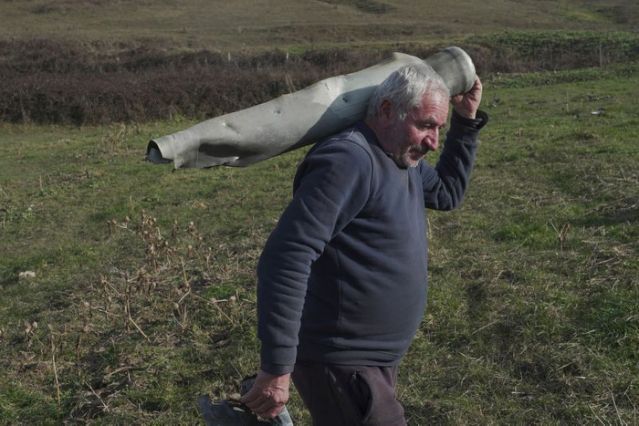
Before the war, his family kept sheep and pigs. Most of them were lost when the village became a battle field and Gabrielyan says his family will run out of firewood in a month.
“I don’t know what to do,” he said. “Everything is in ruins.”
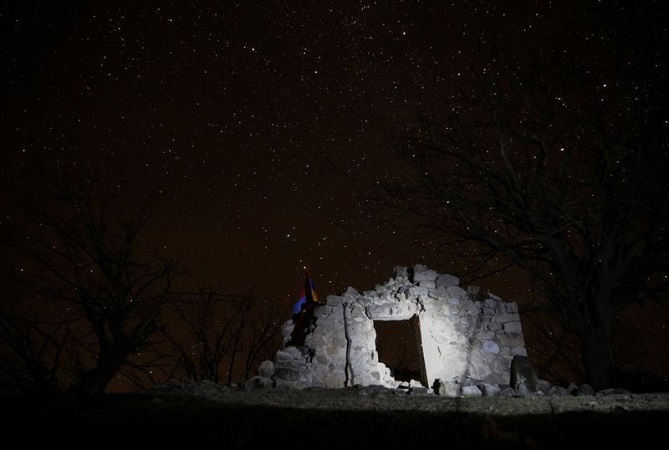
Before the war, residents also enjoyed running water to their homes from wells located in the upper part of the village. That access has now been lost.
An alternative water source - a pipe located several hundred metres away from houses is now the only option. A Reuters reporter watched recently as residents brought several plastic bottles and metal cans of water loaded onto two donkeys back home. The journey took them around 30 minutes.
Fears of War
Gabrielyan’s daughter-in-law, Minara, cried as she showed pictures of her brother, who was killed in combat on the same night when the peace deal was agreed.
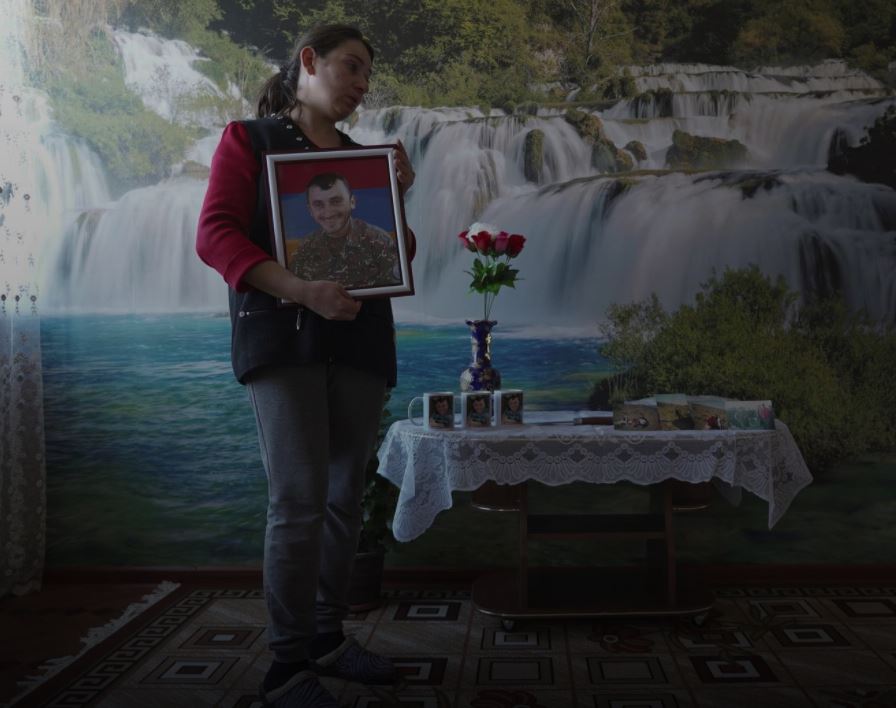
She says she is scared to live in their house, which is only hundreds metres away from Azeri outposts, which are visible on sunny days.
“We don’t know now what it is - war or peace? We can’t go out freely or sleep calmly at night. We wake up from every noise because we are afraid,” she said.
A Reuters reporter saw an Azerbaijani soldier on guard on a hillside overlooking the village, just several dozen metres away from ethnic Armenian military positions.
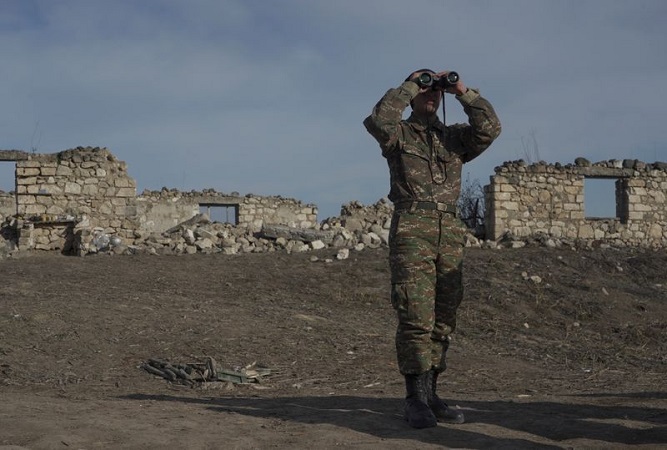
Lenser Gabrielyan picks up fragments of exploded shells when walking in a nearby field, still criss-crossed with trenches, and says it worries him that his grandchildren have to live so close to a hostile army.
“We’re staying here,” he said. “(But) I don’t know what will happen. It is dangerous”.

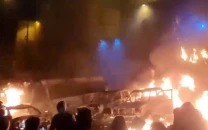




1724148693-0/BeFunky-collage]_____-(24)1724148693-0-208x130.webp)











COMMENTS
Comments are moderated and generally will be posted if they are on-topic and not abusive.
For more information, please see our Comments FAQ